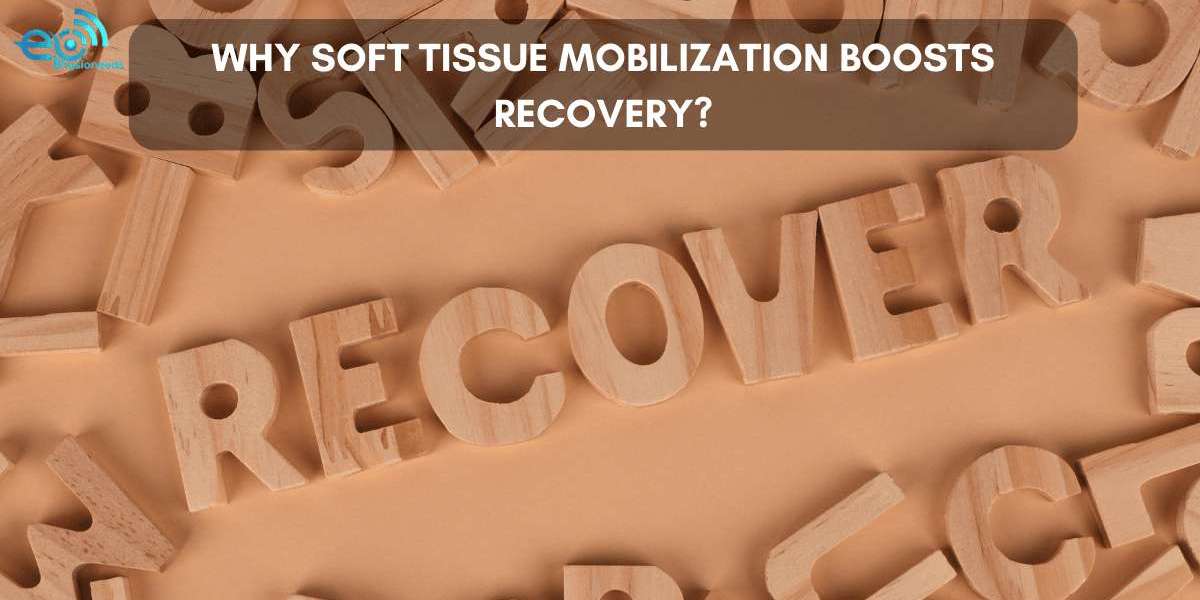Soft tissue mobilization (STM) has become a cornerstone of effective rehabilitation in today’s physiotherapy world. Whether you're treating post-surgical stiffness, athletic injuries, or chronic pain conditions, STM can significantly enhance patient outcomes. It’s more than just a technique—it's a strategy that empowers therapists to restore function, reduce pain, and promote faster healing.
1. What Is Soft Tissue Mobilization?
Soft tissue mobilization refers to hands-on techniques used to manipulate muscles, fascia, ligaments, and tendons. The goal is to break down scar tissue, release adhesions, and improve the mobility of soft tissues. Unlike general massage, STM is targeted, therapeutic, and based on clinical reasoning.
2. Key Benefits in Rehabilitation
Reduces Pain and Tension
By improving blood flow and releasing myofascial restrictions, STM reduces pain and relieves muscle tightness.
Improves Range of Motion
Mobilizing restricted tissues helps restore normal joint movement and functional mobility.
Enhances Circulation
Stimulating soft tissues increases local blood flow, which aids in oxygen delivery and metabolic waste removal.
Promotes Tissue Healing
Gentle mobilization helps reduce inflammation and accelerates recovery by improving cellular repair.
Breaks Down Scar Tissue
STM is effective in reducing fibrosis and scar formation, which can limit movement and cause discomfort.
3. Where Does STM Fit in Physio Practice?
Soft tissue mobilization is versatile. It complements other manual therapy techniques and fits into various stages of rehab—from acute injury management to chronic condition care. It’s commonly used in
Sports injury rehab
Post-operative care
Chronic back and neck pain
Frozen shoulder and joint stiffness
Myofascial pain syndrome
4. Why Physiotherapists Should Master STM
Learning soft tissue mobilization is not just an added skill—it’s essential for any modern physiotherapist aiming for better patient outcomes. Here’s why:
Better Results in Less Time: Targeted soft tissue work accelerates patient recovery.
Wider Treatment Scope: From athletes to chronic pain sufferers, STM works for all.
Higher Patient Satisfaction: Patients feel relief quicker and trust the therapist more.
Professional Edge: Mastery of STM makes your practice stand out.
5. Conclusion
Soft tissue mobilization is no longer an optional skill—it's a must-have for physiotherapists who aim to stay relevant in modern rehab. By improving mobility, reducing pain, and enhancing recovery, STM elevates the quality of care and helps physiotherapists deliver consistent, measurable results.


